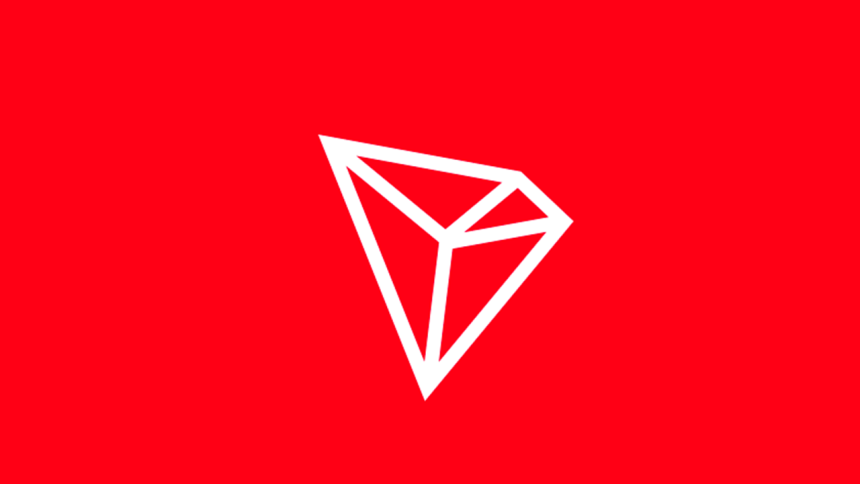Reason to trust

How Our News is Made
Strict editorial policy that focuses on accuracy, relevance, and impartiality
Ad discliamer
Morbi pretium leo et nisl aliquam mollis. Quisque arcu lorem, ultricies quis pellentesque nec, ullamcorper eu odio.
2020 will be forever remembered as the year Bitcoin took its victory lap, rising from the ashes of $3,700 to smash through its previous all-time high. While countless central banks wilfully debased their fiat currencies, Bitcoin hurtled like an unstoppable freight train as institutional investors boarded en masse. Of course, digital gold wasn’t the only winner: it was a banner year for crypto in general, with the explosion of digital credit markets, record-breaking acquisitions, and major upgrades in everything from payment systems to privacy.
In this feverish maelstrom, few companies truly stood out – TRON was one of them. Building on the success of 2019, Justin Sun’s decentralized network continued its bid for world domination, building castles in the sky devoted to trustless value transfer and entertainment, and enjoying its best year yet by some margin. Here’s how they did it.
TRON’s Year in Numbers
It’s hard to know where to start when scrutinizing the past 12 months: every other day, it seemed, TRON was announcing the launch of a new product, the integration of a data oracle, or the acquisition of a protocol to augment its ever-expanding ecosystem. Since everyone loves big numbers, let’s start with some large ones.
This year, TRON broke records for the number of network transactions by crossing 1.3 billion. To put this in context, 3.1 billion transactions occurred across all public networks in the last decade (2009-2019). To date, over 16 million wallets have been created on TRON and some 100,000 daily users are interacting with the network’s various tentacles, from exchange protocols and live-streaming platforms to the game-changing decentralized storage protocol BTFS.
While many talk about onboarding the next generation of crypto users, TRON is busy working. Particularly where decentralized finance (DeFi) is concerned. The section of the crypto economy dedicated to trustless financial primitives saw explosive growth this year, with a slew of automated market makers, derivatives, governance tokens, and yield farming projects taking liftoff. Back in February, the value locked in DeFi protocols was a mere $1 billion, up from $276 million 12 months earlier. Fast-forward to December and DeFi TVL could cross $20 billion before New Year.
Never one to let an opportunity pass him by, TRON boss Justin Sun made DeFi one of the core pillars of his strategy this year, building DeFi infrastructure to rival Ethereum. Within a matter of months, TRON had launched its own TRC20-based DEX (JustSwap), a collateral-based stablecoin (USDJ), a dApp governance token (JST) and a lending platform (JustLend). No wonder daily dApp transaction volume on TRON now exceeds $12 million.
Tether (USDT) remained the currency of choice in DeFi, and as of today, a record $6.4 billion of it exists on TRON – almost 30% of the dominant stablecoin’s market cap.
A Spending Spree Like No Other
Between Binance buying CoinMarketCap and FTX acquiring Blockfolio, 2020 was a year when crypto behemoths went shopping. TRON was no different, splurging capital on a succession of projects to augment its end-to-end crypto service. First, in February, came the purchase of micro-blogging network Steemit, with Sun heralding a “new era of decentralized social networking.”
In October, the war chest was broken out once more, as blockchain-powered streaming platform Dlive was assimilated into the BitTorrent ecosystem, newly rechristened as BitTorrent X. With 7 million users and 200,000 content creators under its umbrella, DLive was recognized for its potential to further TRON’s vision of a decentralized internet. BitTorrent X is powered by the BTT token, which can be staked to earn rewards and dispensed to content creators.
Deals struck elsewhere, meanwhile, saw the arrival of TRON dApps on both the Samsung and Huawei app stores, with a collective market of over 3 billion smartphone users.
A Look Ahead to 2021
Don’t expect TRON to apply any pressure on the brakes – there are already signs that 2021 could be even bigger. Recently the network followed in the footsteps of Bitcoin and Ethereum by integrating with the Opera browser, enabling 350 million users to interact with its dApps; Coinbase also announced that it was considering supporting TRON’s assets, a fact that could see renewed institutional interest in the ecosystem.
Whatever the future of crypto holds, expect TRON to be front and center.




























